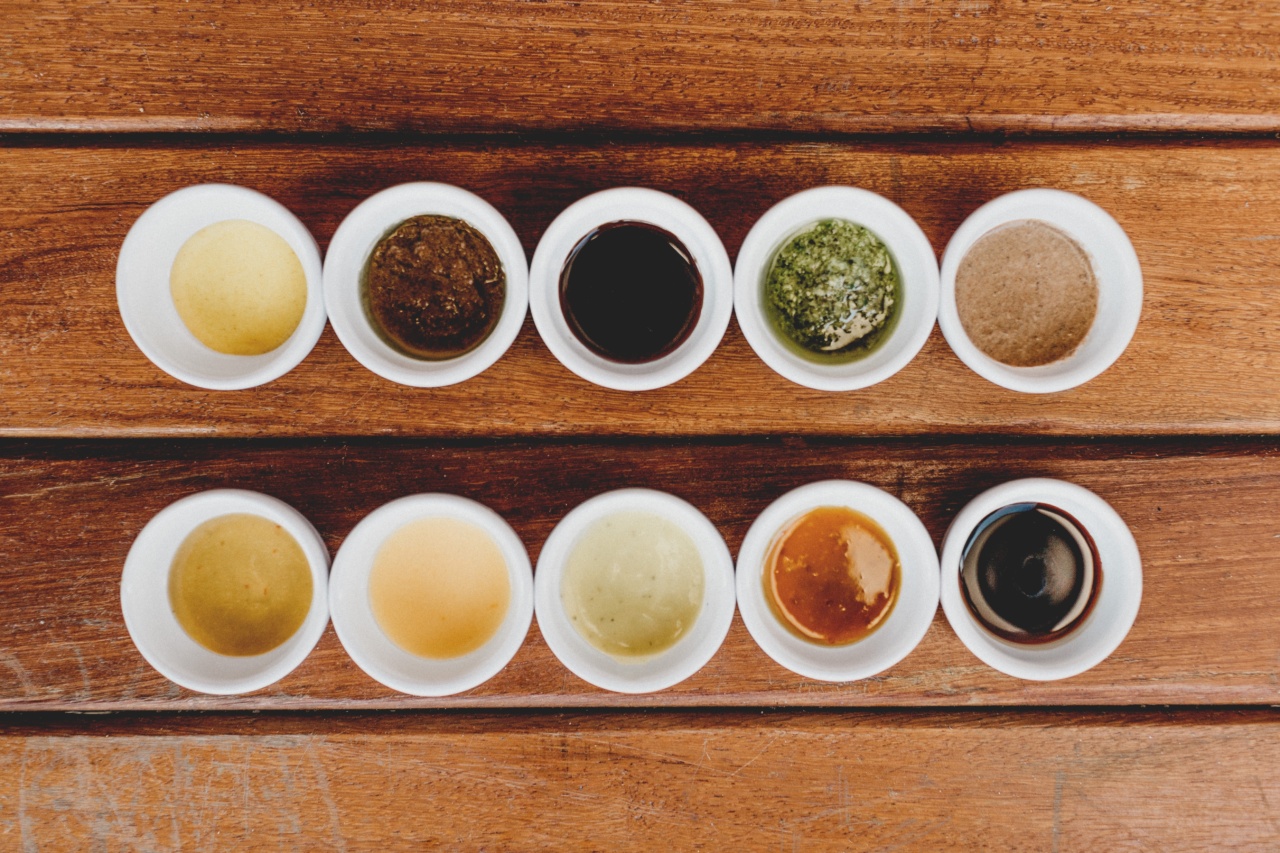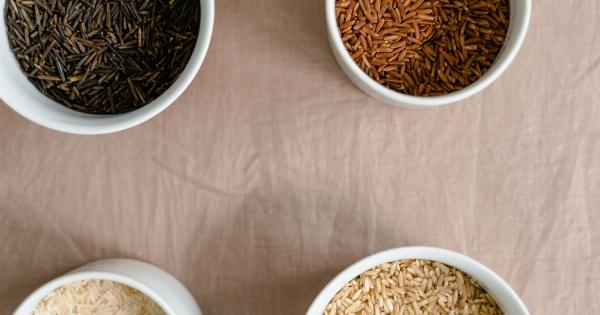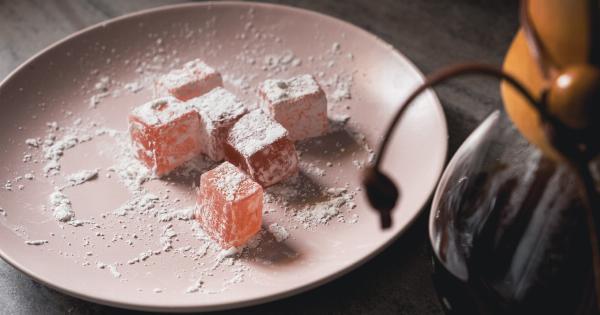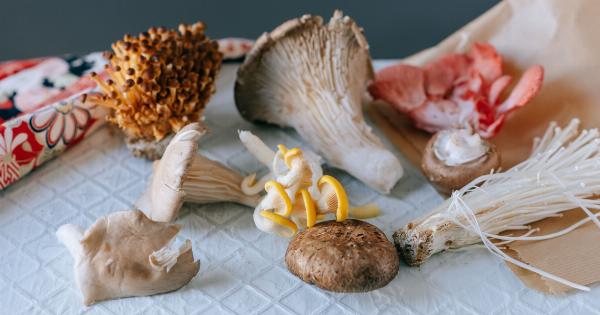Halva is a popular sweet treat that is enjoyed in many cultures around the world. Made from a variety of ingredients such as sesame seeds, nuts, and sugar, halva offers a unique and delightful flavor.
While halva is commonly associated with the Middle East, it is also enjoyed in other regions such as India and Eastern Europe. Despite its universal appeal, there are several types of halva available, each with its own nutritional profile.
In this article, we will compare the nutritional differences of three popular types of halva: sesame halva, almond halva, and pistachio halva.
Sesame Halva
Sesame halva, also known as tahini halva, is one of the most widely recognized variations of halva. It is made primarily from ground sesame seeds and sugar syrup. Sesame halva has a distinctively rich and nutty flavor.
Here are some key nutritional facts about sesame halva:.
1. Calories and Macronutrients
A typical serving of sesame halva (about 30 grams) contains approximately 160 calories. It is relatively high in fats, with about 13 grams per serving, and has a moderate amount of carbohydrates (around 9 grams).
Protein content in sesame halva is minimal, with only about 3 grams per serving.
2. Fiber
Sesame halva is a good source of dietary fiber, with around 2 grams per serving. Fiber is crucial for maintaining a healthy digestive system and can help regulate blood sugar levels.
3. Vitamins and Minerals
Sesame halva contains various vitamins and minerals. It is particularly rich in calcium, providing approximately 10% of the recommended daily intake per serving. Additionally, sesame halva contains iron, magnesium, and phosphorus.
Almond Halva
Almond halva is a popular variation that is made primarily from ground almonds and sugar syrup. It has a distinct almond flavor and a creamy texture. Let’s explore the nutritional aspects of almond halva:.
1. Calories and Macronutrients
A serving of almond halva (around 30 grams) contains approximately 190 calories. It has a higher fat content compared to sesame halva, with about 16 grams per serving. Almond halva also contains around 10 grams of carbohydrates and 4 grams of protein.
2. Fiber
Almond halva is a good source of dietary fiber, with approximately 2 grams per serving. Like sesame halva, it helps promote healthy digestion and can aid in controlling blood sugar levels.
3. Vitamins and Minerals
Almond halva is a nutritious treat in terms of vitamins and minerals. It is an excellent source of vitamin E, providing around 20% of the recommended daily intake per serving. Almond halva also contains calcium, iron, magnesium, and phosphorus.
Pistachio Halva
Pistachio halva is a delightful variation that features ground pistachios and sugar syrup. It has a vibrant green color, a distinct pistachio flavor, and a slightly crumbly texture. Here is a breakdown of the nutritional content of pistachio halva:.
1. Calories and Macronutrients
A serving of pistachio halva (around 30 grams) contains approximately 180 calories. It has a significant fat content, with about 14 grams per serving, similar to sesame halva.
Pistachio halva also contains around 10 grams of carbohydrates and 3 grams of protein.
2. Fiber
Pistachio halva offers a moderate amount of dietary fiber, with approximately 1.5 grams per serving. While it may not have as high a fiber content as sesame or almond halva, it still contributes to overall fiber intake.
3. Vitamins and Minerals
Pistachio halva is a good source of vitamins and minerals. It contains vitamin E, calcium, iron, magnesium, and phosphorus, though the quantity may vary depending on the specific recipe.































